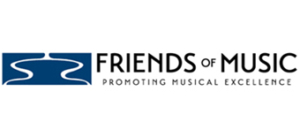As part of a strong new effort to combat trafficking in African ivory, the Fish and Wildlife Service has issued a proposed rule for public comment. The rule would affect any musician who intends to travel internationally with musical instruments containing ivory.
If all the features of the proposed rule are made final, orchestras and musicians will be able to travel internationally with instruments containing ivory under certain conditions. Most importantly, the ivory in the instrument must have been legally acquired before February 26, 1976. So many antique instruments may qualify.
Also, to qualify for international travel the instrument cannot have been transferred from one person to another in pursuit of financial gain or profit after February 25, 2014. The instrument must also be accompanied by a valid CITES musical instrument certificate. A CITES certificate establishes that the ivory contained in the instrument was legally acquired before February 26, 1976.
The proposed rule was published in the Federal Register on July 29, 2015 and will be open for public comment for 60 days.

